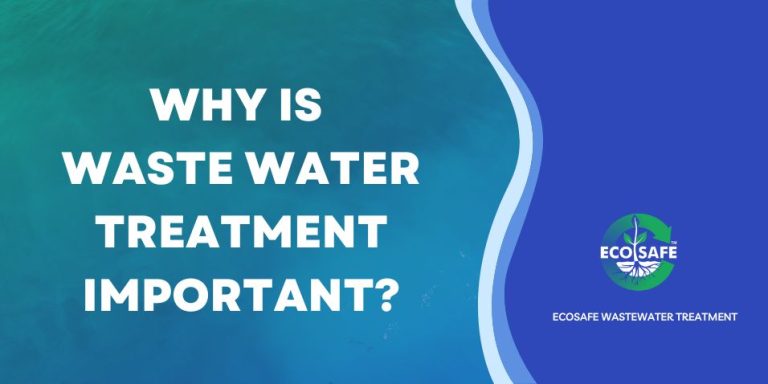The Ultimate Guide To Reclaim Waste
The Ultimate Guide To Reclaim Waste
Blog Article
Reclaim Waste Can Be Fun For Anyone
Table of ContentsHow Reclaim Waste can Save You Time, Stress, and Money.The Greatest Guide To Reclaim Waste8 Simple Techniques For Reclaim Waste9 Easy Facts About Reclaim Waste DescribedThe Single Strategy To Use For Reclaim Waste
Domestic sewage waste refers to the waste and items from a residential septic container. The proper monitoring and disposal of residential sewage waste call for fluid waste to be transferred to a sewer treatment plant where the appropriate methods and devices are used to cleanse and dispose of waste.
Commercial waste usually consists of potential risks, such as flammable products or a combination of fluid and solid waste products, and calls for an extra advanced and detailed disposal process. The disposal of industrial waste generally involves the purification of waste before transport to guarantee risk-free and correct disposal. Hazardous waste is developed from results and runoff of commercial procedures and manufacturing.
This sort of waste can not make use of the same sewage administration transport or procedures as septic or business fluids. The hazardous waste monitoring procedure requires the evaluation and testing of liquid waste before it goes through the disposal process (industrial wastewater treatment). Runoff waste is the liquid waste that comes from overflow and excess stormwater in highly populated areas or cities
Overflow waste can cause contamination and flooding if not handled properly. Ensuring correct waste monitoring can stop catastrophes and reduce ecological harm.
The Best Strategy To Use For Reclaim Waste
Call PROS Providers today to learn more about our waste administration and disposal services and the appropriate means to take care of the fluid waste you produce.
(https://boom-fruit-496.notion.site/Industrial-Wastewater-Treatment-The-Key-to-a-Cleaner-Greener-Future-13c9fdbb2e9380eca32fee3a79088ddf?pvs=4)Do you understand what happens to your water when you draw the plug, flush the toilet or drain pipes the washing machine? No? Well, it deserves understanding. This so-called 'wastewater' is not just a crucial source yet, after treatment, will certainly be launched to our land, rivers or the ocean. Used water from commodes, showers, baths, cooking area sinks, laundries and commercial processes is referred to as wastewater.

water used to cool equipment or clean plant and tools). Stormwater, a form of wastewater, is overflow that flows from agricultural and metropolitan areas such as roofs, parks, yards, roads, paths and seamless gutters right into stormwater drains, after rain. Stormwater moves neglected straight to neighborhood creeks or rivers, ultimately getting to the ocean.
Some Known Factual Statements About Reclaim Waste
In Queensland, a lot of wastewater is treated at sewer treatment plants. Wastewater is delivered from domestic or commercial websites with a system of drains and pump terminals, recognized as sewerage reticulation, to a sewer therapy plant. City governments construct, keep and operate most sewage therapy plants. Operators are certified under the Environmental Defense Act 1994 to release cured wastewater at an acceptable ecological criterion into waterways.
The Division of Natural Resources advises regional federal governments concerning handling, operating and preserving sewerage systems and therapy plants. In unsewered areas, city governments may call his explanation for homeowners to mount individual or household sewage therapy systems to treat residential wastewater from commodes, cooking areas, restrooms and laundries. The Department of Natural Resources authorises the usage of home systems when they are verified to be efficient.
Most stormwater gets no treatment. In some new neighborhoods, treatment of some stormwater to eliminate clutter, sand and crushed rock has begun utilizing gross pollutant traps. Wastewater therapy happens in 4 phases: Removes strong matter. Larger solids, such as plastics and various other objects wrongly released to sewage systems, are removed when wastewater is passed through screens.
Utilizes small living microorganisms understands as micro-organisms to break down and get rid of remaining liquified wastes and great fragments. Micro-organisms and wastes are integrated in the sludge.
How Reclaim Waste can Save You Time, Stress, and Money.
Nutrient removal is not offered in any way sewer therapy plants since it calls for pricey specialized equipment. It is becoming much more typical in Queensland. Clear fluid effluent created after therapy might still have disease-causing micro-organisms. If this effluent is launched right into rivers such as rivers or the sea, the micro-organisms will at some point pass away out.

Most wastewater moves into the sewage system. Under the Act, regional federal governments provide approvals and permits for environmentally appropriate activities (Periods) including wastewater launches that might have a neighborhood effect.
The Definitive Guide for Reclaim Waste
Or else, samples are taken for laboratory analysis. Often lots of tests are needed to develop the levels of each of the different toxins such as oils, heavy metals and chemicals in water. Monitoring gives factual information concerning water quality and can verify that licence problems are being met. The details obtained through surveillance offers the basis for making water quality decisions.
Report this page